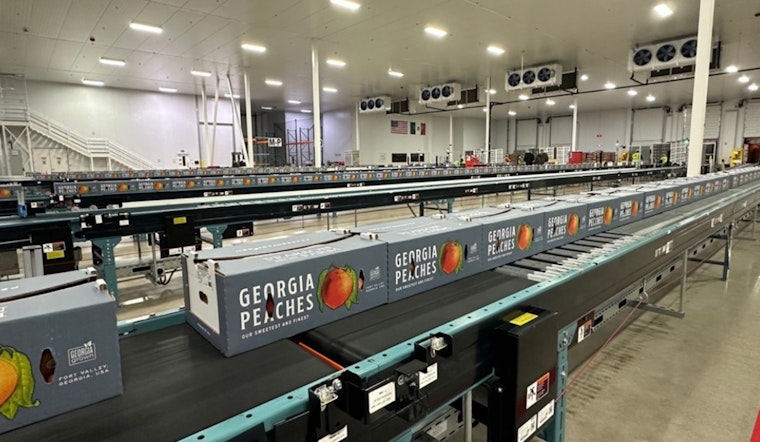India's Rice Revolution: How Technology & Policy are Fueling Food Security & Global Influence
2025-06-22
)
Business Standard
India, already a global leader in wheat production and exports, is experiencing a remarkable transformation in its rice cultivation. This article explores how strategic policy interventions and technological advancements are driving a 'rice revolution,' solidifying India's position as a major food grain powerhouse and a key player in the international food market. We'll delve into the specific technologies being adopted, the policies that are fostering growth, and the implications for food security both within India and worldwide.
From Green Revolution to a New Era
The success of India's earlier Green Revolution, focused primarily on wheat and rice, dramatically increased food production and averted widespread famine. However, challenges remain, including water scarcity, climate change impacts, and the need for sustainable farming practices. The current wave of progress builds on this foundation, incorporating cutting-edge technologies and adapting policies to address these modern concerns.
Technology at the Heart of the Transformation
Several technological innovations are playing a crucial role:
- Precision Farming: Utilizing drones, sensors, and data analytics to monitor crop health, optimize irrigation, and precisely apply fertilizers. This minimizes waste and maximizes yields.
- Improved Seed Varieties: Developing and deploying drought-resistant, pest-resistant, and high-yielding rice varieties through advanced breeding techniques and genetic modification.
- AI-Powered Crop Management: Artificial intelligence is being used to predict pest outbreaks, optimize planting schedules, and provide farmers with personalized recommendations.
- Water-Saving Irrigation Techniques: Promoting the adoption of drip irrigation and System of Rice Intensification (SRI), which significantly reduce water consumption.
- Post-Harvest Technologies: Investing in improved storage and processing facilities to minimize losses and ensure the quality of rice reaching the market.
Policy Support: Creating a Conducive Environment
Government policies are equally vital. Key initiatives include:
- Subsidies and Incentives: Providing financial assistance to farmers for adopting new technologies and sustainable practices.
- Infrastructure Development: Investing in rural infrastructure, including roads, irrigation systems, and storage facilities.
- Market Reforms: Creating a more efficient and transparent market for agricultural commodities.
- Farmer Education and Training: Empowering farmers with the knowledge and skills needed to adopt new technologies and improve their farming practices.
- Promoting Farmer Producer Organizations (FPOs): Strengthening farmer collectives to enhance their bargaining power and access to resources.
Impact and Future Outlook
The combined effect of these technological advancements and policy interventions is a significant increase in rice production and productivity. India is now a dominant player in the global rice market, contributing significantly to food security worldwide. Looking ahead, continued investment in research and development, coupled with supportive policies, will be crucial to sustaining this momentum and addressing the challenges posed by climate change and a growing population. The focus will be on building a more resilient, sustainable, and equitable rice value chain that benefits both farmers and consumers. India's 'rice revolution' is not just about increasing production; it's about ensuring a secure and sustainable food future for all.






